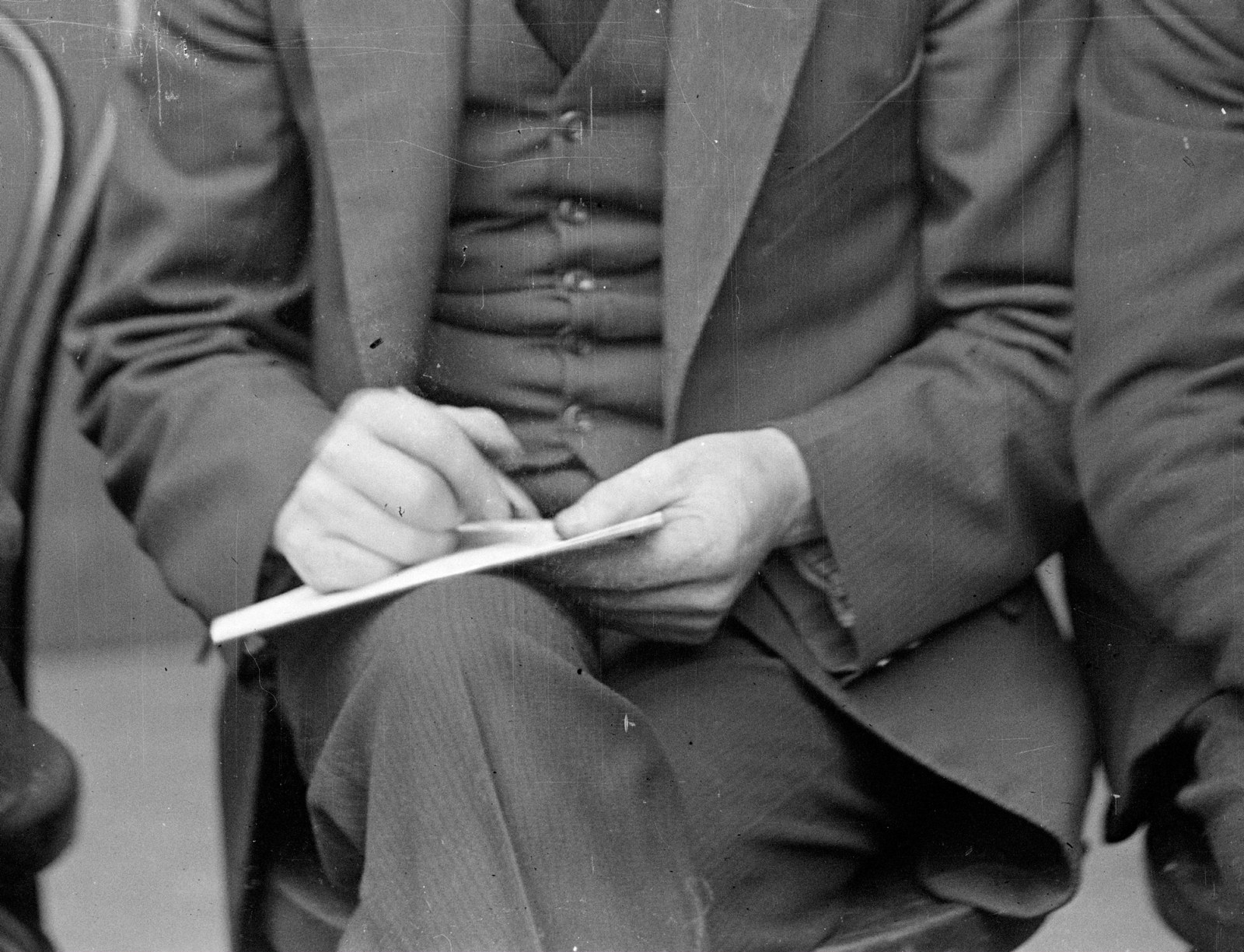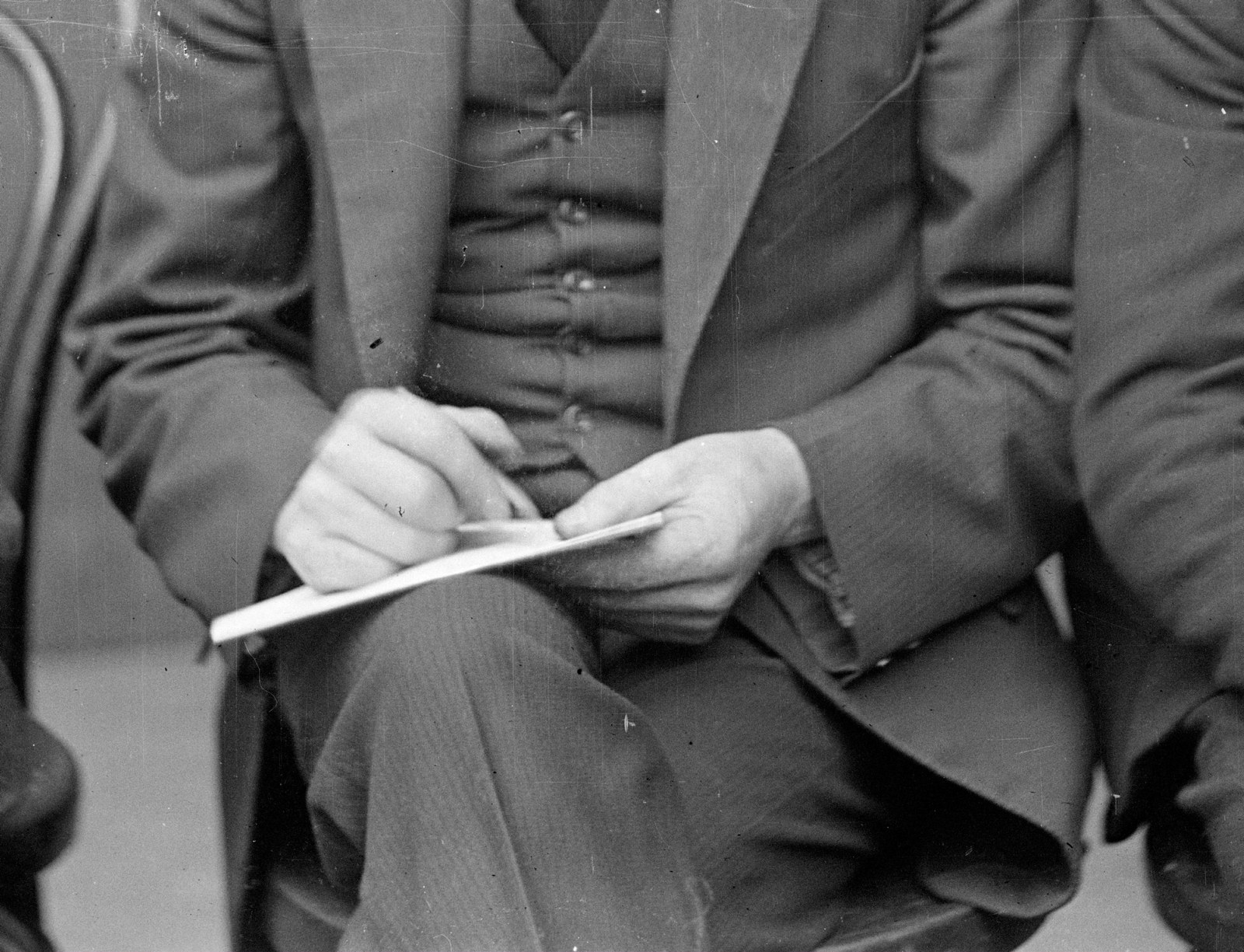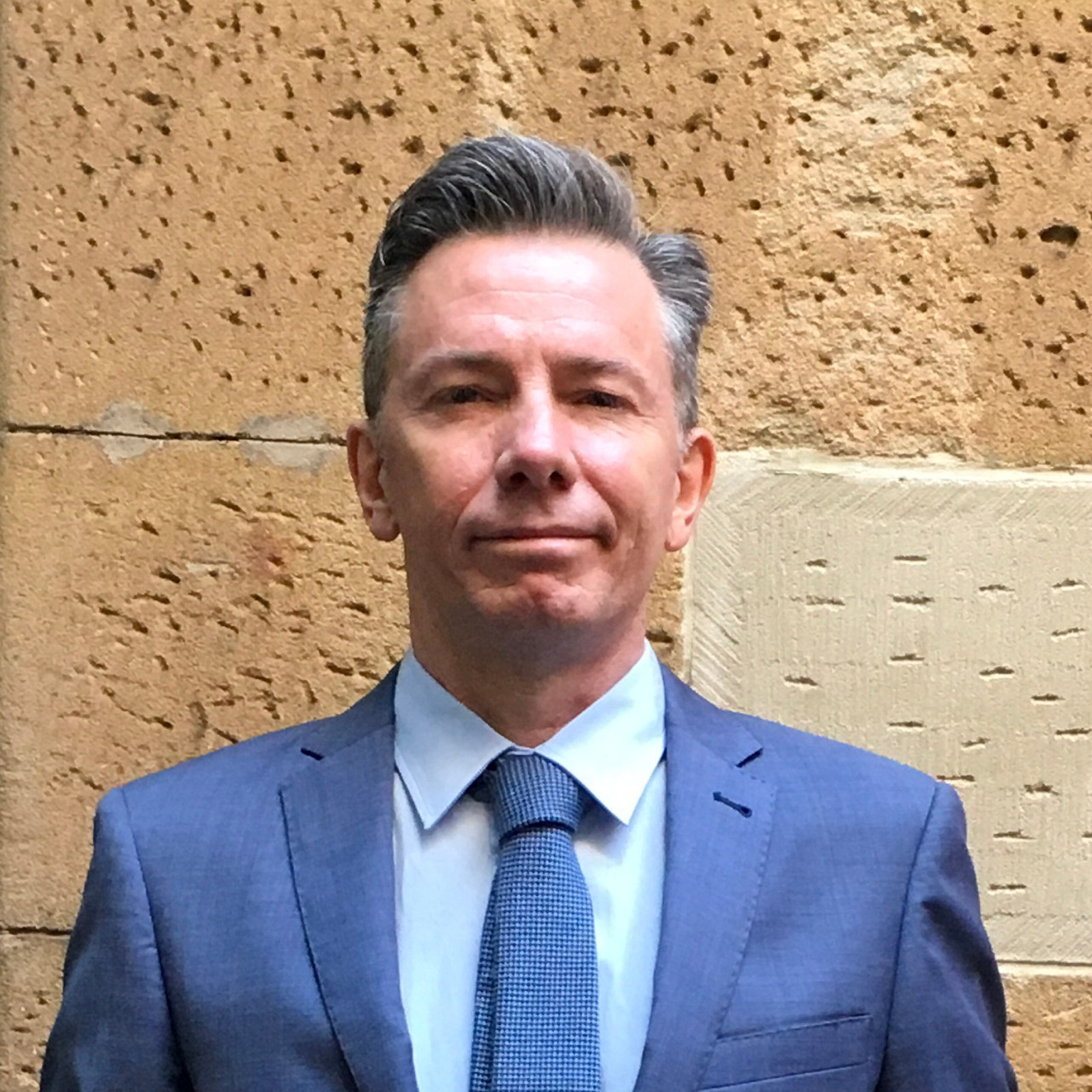Behind the scenes: The Underworld Book
Join Bruce Smythe Senior Project Designer, as he takes us behind the scenes of the design of our Underworld: mugshots from the Roaring Twenties publication exploring his inspiration, his favourite image and what he found most surprising!
What most excited you about designing the book Underworld: mugshots from the Roaring Twenties?
The potential of the archive to speak to us about the lives of Sydneysiders, with such startling clarity, across nearly a century. There’s an intimacy, mystery and poignancy to the Specials that I find endlessly fascinating.
Did you find anything surprising in working with the archive?
I was surprised to learn that the Specials were probably the work of one police officer, George Howard, and that he was in all likelihood responsible for their distinctive quality and beauty. He was apparently a keen amateur artistic photographer when off duty, and Sydney police mugshots became much more conventional after he left the photography division. So without George, there may well have never been an Underworld publication or exhibition.
Besides taking inspiration from the images themselves, what was your thinking for the design?
I was very keen to build on the branding established in City of shadows and Crooks like us, our previous publications drawn from the New South Wales Police Forensic Photography Archive. Underworld needed to stand on its own as a premier publication but also work as part of the series. The distinctive half-dust-jacket format differentiates it from the previous titles, while the distressed typography links to them.
Do you have a favourite image, character or story? Who and why?
Our cover star, Arthur Murray. Besides it being a stunning photograph, I love the fact that he was totally innocent of the offence he was suspected of, having been apprehended in a bungled Customs operation. The insouciant smirk on his face speaks beautifully to the Australian larrikin tradition of disdain for authority.
Why do you think this archive has influenced such a wide range of creative people?
Crime, glamour, young men and women behaving badly, the artistic quality of the photography, the suspects’ cool composure – the archive ticks a lot of boxes for creatives. The Specials’ influence has coincided with the rise of hipster subcultures which celebrate all things old, quaint, retro and vintage and eschew the new and mainstream. As long-forgotten styles of clothing, hairstyles, food, alcohol and music have been rediscovered, old has become the new ‘new’. Hipsterism fetishises the authentic and the Specials’ vintage appeal has dovetailed perfectly with this shift in values.
What was the biggest challenge you encountered while working on the publication?
Ensuring that the quality of the reproductions and the production values in general were as high as possible. By scanning directly from the original glass-plate negatives, we were able to achieve an incredible level of detail. Selecting the paper stock, choosing the duotone ink colours and varnishes, and retouching and adjusting each image were all part of a painstaking process over many months. Working closely with pre-press experts and printers we undertook several stages of testing and proofing. Arranging for the pages to be checked at the printing stage was also critical in terms of delivering the highest print quality possible.
What would you like people to take away from the book?
The selection of images in Underworld is only a tiny fraction of the 130,000 negatives in the forensic archive. As digitisation continues, more amazing images and compelling narratives will be uncovered. The story doesn’t end here – watch this space!
Buy the book
From stone-cold gangsters to thrill-seeking flappers discover more uniquely captivating mugshots and their stories in our Underworld: mugshots from the Roaring Twenties publication.

Underworld Blog
Descend into Sydney’s seedy underworld with our blog. Discover exclusive stories, never-before-seen images, and behind-the-scenes insights
Published on
More Underworld

Underworld
Behind the scenes: How to read a ‘special’
Around the world, police forces followed established conventions when taking mugshots. But Sydney police in the 1920s did things differently

Underworld
Nerida Campbell Joins Studio 10
Today Underworld curator Nerida Campbell joined Studio 10 to share her insights into the captivating exhibition mugshots

How the Specials inspired singer Russell Morris
Inspired by the enigmatic police photograph of Sydney swindler Thomas “Shark Jaws” Archer (alias Thomas Sweeney, Thomas Everet), celebrated Australian musician Russell Morris wrote his hit blues and roots song Sharkmouth

Underworld
Barbara Turner Taylor: Plotter
Described by police as the cleverest magswoman and confidence trickster in New South Wales, Barbara Turner Taylor was a master in manipulation
